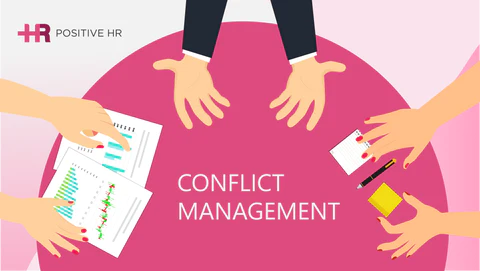Workplace conflict is often inevitable, especially when you have employees across different backgrounds and working styles brought together for a shared business purpose. And when conflict does occur, it should be managed and resolved as quickly as possible. In this blog, we tackle why conflict in the workplace occurs and what employers can do to prevent conflict as much as possible.
Why workplace conflict occurs
It’s helpful to understand the many reasons why workplace conflict happens in the first place.
There are several causes, and the ones we usually see are from:
- poor communication, including misunderstandings and comments taken out of context
- differences in personalities, working styles, goals and ethics
- behaviours regarded as anti-social or irritating to colleagues
- inadequate resourcing such as understaffing or perceived inequities of resources
- unclarified roles in the workplace resulting in employees not understanding what is expected of them
- changes in the business such as new business owners or redundancies
- a poor change management process, resulting in employee dissatisfaction and poor productivity.
Why it’s important to resolve conflicts from the start
A healthy work environment is one where everyone communicates respectfully, shows tolerance and accepts differences among each other — regardless of role, status or tenure.
Employers should have procedures in place to resolve conflict at its early stages. Reductions in workplace conflict lead to increased employee productivity, greater engagement, fewer sick days and workers’ compensation claims. If employers do not act, conflicts will snowball into more significant and messy problems. Often, discrimination and harassment complaints will increase as well as possible reputational damage to the business. To help prevent workplace conflict, employers should:
Define what is and isn’t acceptable behaviour
Many businesses have a code of conduct (also known as conduct in the workplace policy) which clearly defines standards in behaviour.
Working together as a team is usually included in a code of conduct. The behaviours that go with it may consist of leaving ego at the door, sharing the workload, showing respect for one another or giving each other credit when credit is due.
A code of conduct usually includes possible disciplinary actions against employees who repeatedly or intentionally fail to follow. Disciplinary actions vary depending on the situation but usually involves a warning, demotion, suspension or termination of employment.
Having clearly defined job descriptions also helps to establish expected behaviours.
Have a fair grievance process
Every business should have a workplace grievance and complaints policy that provides clear guidance for everyone, including step-by-step procedures to seek a resolution and the decision making process.
Having a grievance process in place improves employee morale because employees feel they have options for pursuing conflict resolution if needed.
Always seeing the silver lining
A conflict could uncover new ways of doing things and learning opportunities for growth and development. In fact, for your next team building day or meeting, why not role-play a conflict scenario? See how your people can solve the problem and come up together with solutions. Business owners should take advantage of the different opinions, perspectives and ways to tackle a problem.
Are you experiencing a tricky conflict in your workplace? Don’t ignore it. Talk to us to see how we can help you resolve things so you can get on with your business.









